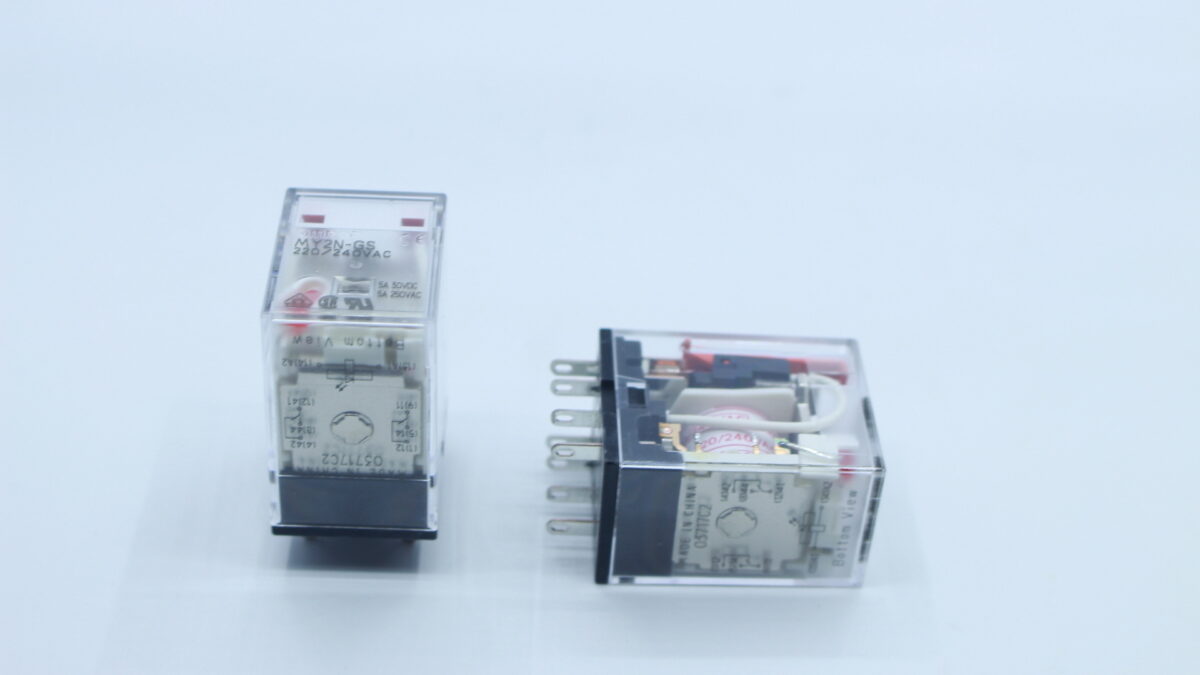PTC thermistor
PTC (PosiTIve Temperature Coeff1Cient) refers to the thermistor phenomenon or material that has a positive temperature coefficient and a sharp increase in resistance at a certain temperature. It can be used as a constant temperature sensor. The material is a sintered body with BaTIO3 or SrTIO3 or PbTIO3 as the main component, which is doped with a small amount of Nb, Ta, Bi, Sb, Y, La and other oxides for atomic valence control to make it semiconducting. Semiconductorized BaTiO3 and other materials are referred to as semiconducting (bulk) porcelain for short; at the same time, oxides of Mn, Fe, Cu, Cr and other additives that increase the positive temperature coefficient of resistance are added, and they are formed by general ceramic technology. High-temperature sintering makes platinum titanate and its solid solution semiconducting, thereby obtaining positive thermistor materials. Its temperature coefficient and Curie point temperature vary with the composition and sintering conditions (especially the cooling temperature).
Barium titanate crystal belongs to the perovskite type structure and is a ferroelectric material. Pure barium titanate is an insulating material. Adding trace rare earth elements to the barium titanate material, after proper heat treatment, the resistivity sharply increases by several orders of magnitude near the Curie temperature, resulting in the PTC effect. This effect is related to the ferroelectricity of BaTiO3 crystals and near the Curie temperature. The phase change of the material is related. Barium titanate semiconducting porcelain is a polycrystalline material, and there are inter-grain interfaces between the grains. When the semiconducting porcelain reaches a certain temperature or voltage, the crystal grain boundary changes, and the resistance changes sharply.
The PTC effect of barium titanate semiconducting porcelain originates from grain boundaries (grain boundaries). For conducting electrons, the interface between grains is equivalent to a potential barrier. When the temperature is low, due to the electric field in the barium titanate, the electrons can easily cross the barrier, and the resistance value is smaller. When the temperature rises to near the Curie point temperature (that is, the critical temperature), the internal electric field is destroyed, and it cannot help the conductive electrons to cross the barrier. This is equivalent to an increase in the potential barrier and a sudden increase in the resistance value, resulting in the PTC effect. The physical models of the PTC effect of barium titanate semiconducting ceramics include the sea view surface barrier model, the barium absence model of Daniels et al., and the superimposed barrier model. They provide reasonable explanations for the PTC effect from different aspects.
Popular ic chip you may need:
STK433-330
AF9591A
CA3081
2N5401


